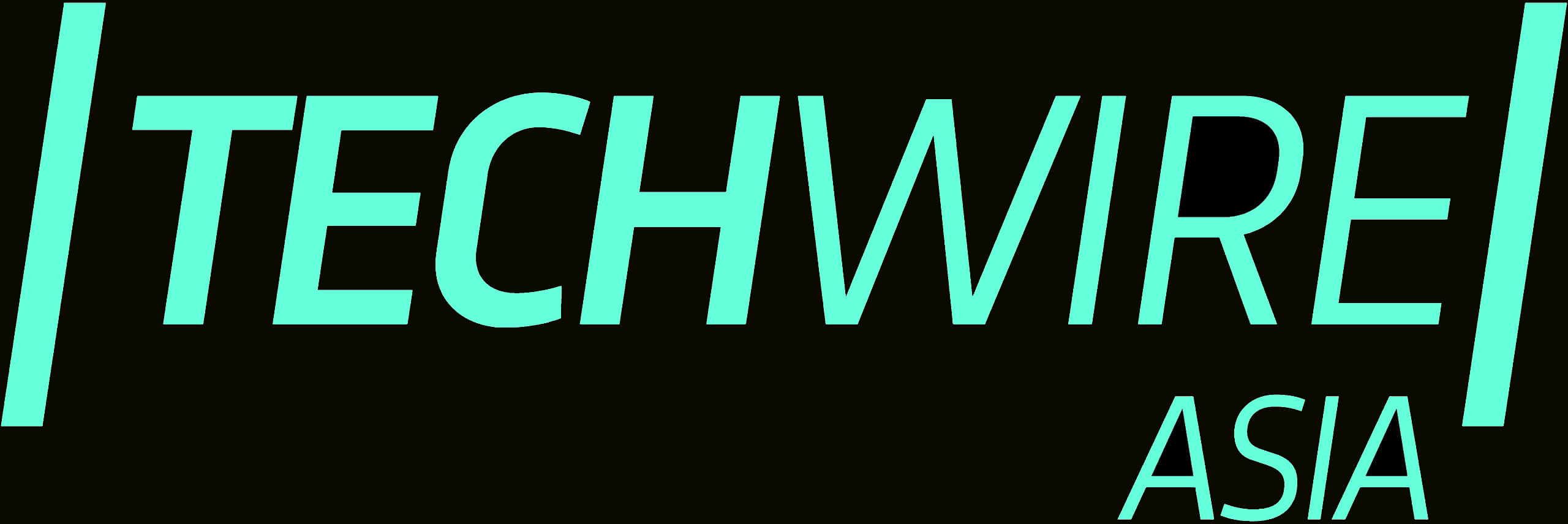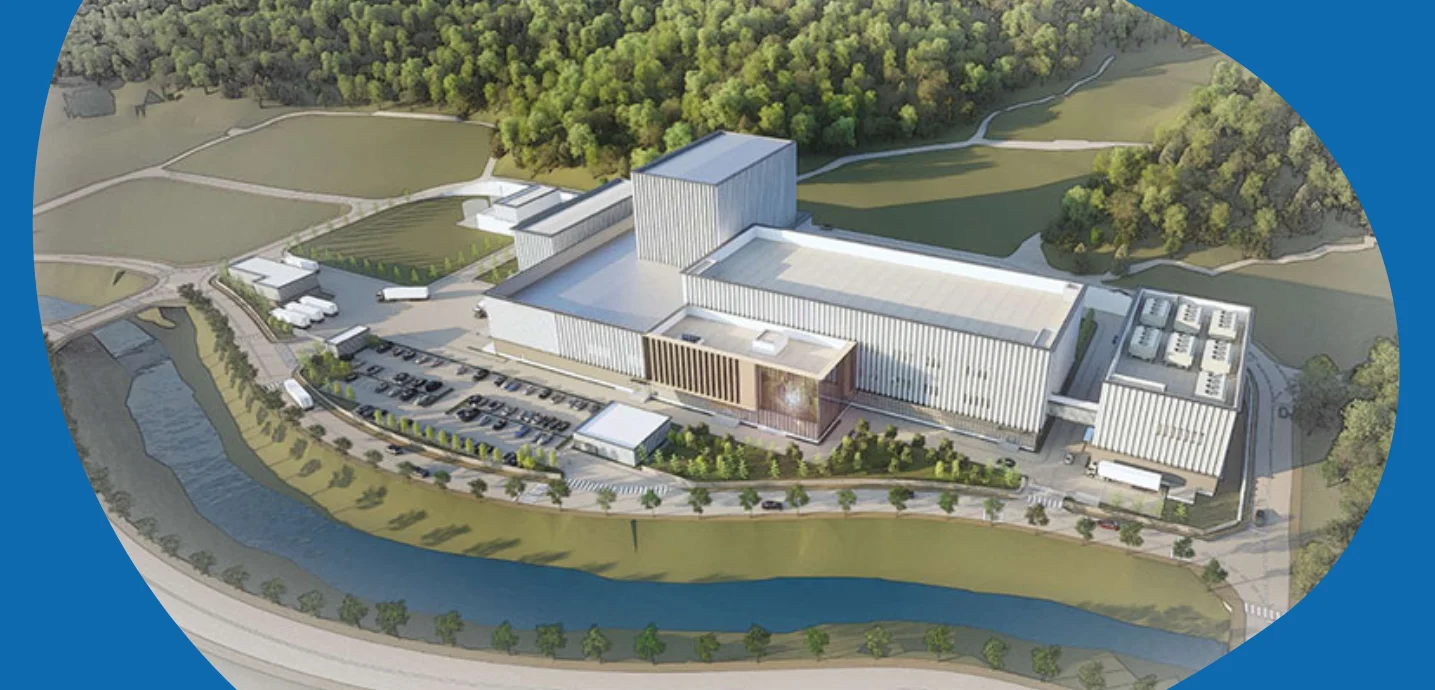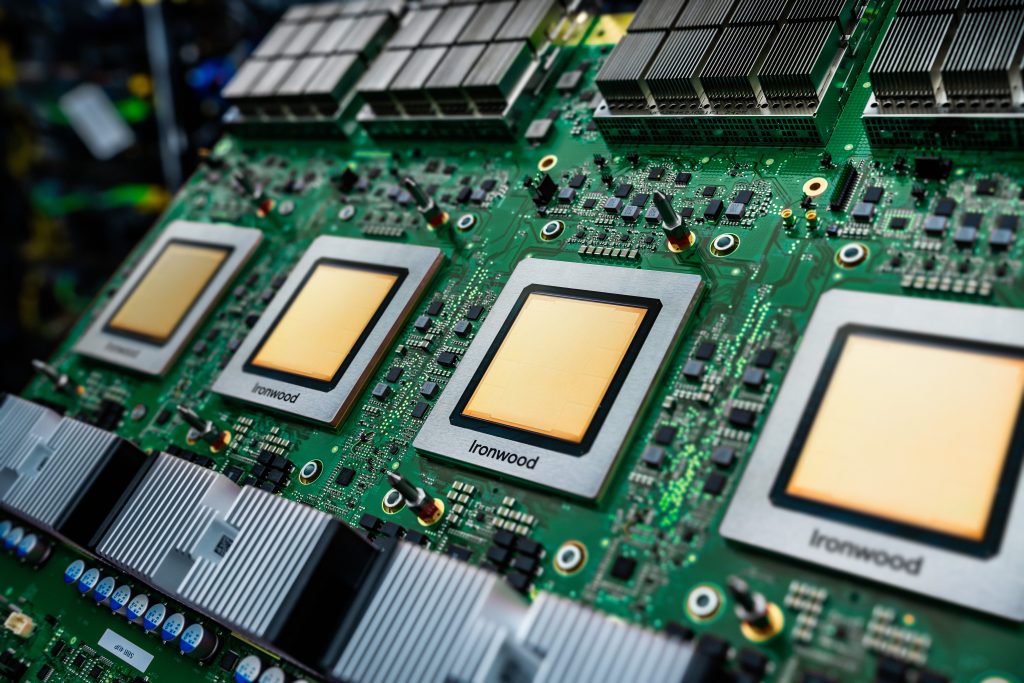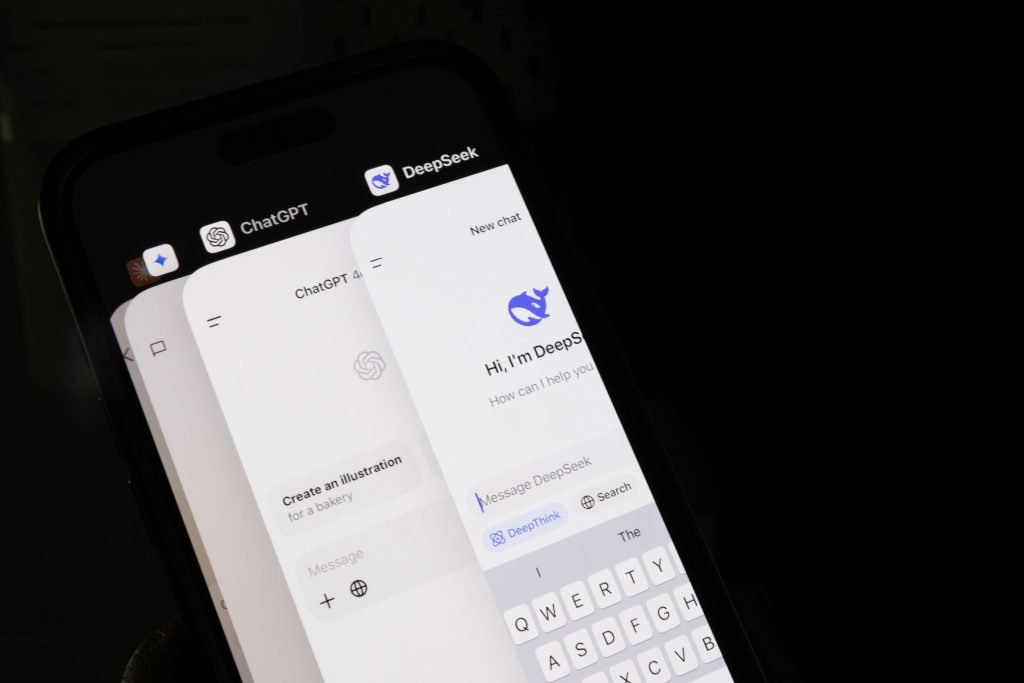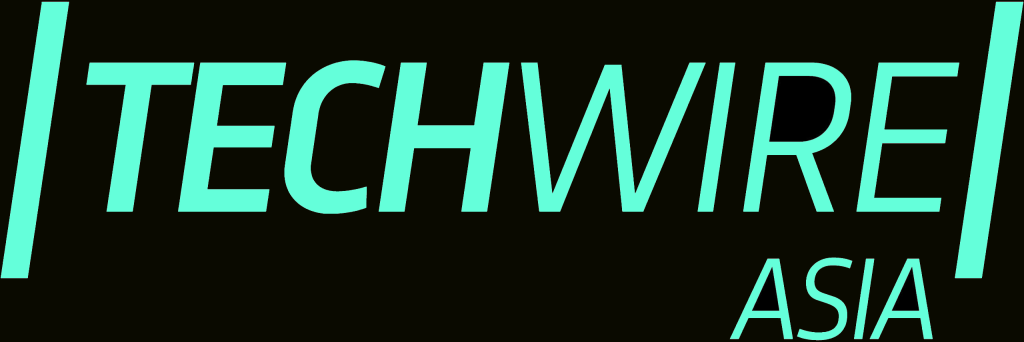- Korean and German partnership showcases the practical uses of private 5G networks.
- Construction of a new biotechnology campus for Merck now covered by network from HFR mobile.
- Worker safety and emergency systems at the heart of the technology’s use.
Private 5G networks can bring significant advantages to their owners, including a safer area-wide network, plus the capability – depending on the territory – to sell the network’s coverage to one or more of a nation’s mobile network providers.
That’s on top of the ability to connect industrial internet-of-things (IIoT) devices in ways that are highly robust with real-time data at the operator’s fingertips.
The speed of 5G is often the headline act for the technology’s deployment, but its low-latency in certain applications (think, autonomous transport) have also found it advocates in more general use-cases. However, there’s a raft of underpinning technologies including specialist hardware that needs to be implemented in any installation, making its use a complex technological challenge for organisations outside the telecoms space.
Specialist comms and computing company HFR mobile [site in Korean] has completed its work to give a cutting-edge bio-processing production centre in Daejeon, Korea, the secure and fast, campus-wide communications network the owners, Merck, require.
Biotechnology campus under construction
The facility is still under construction, and is costing more than 300 million Euros (422 million SGD) to complete. It’s slated to be a centre for clinical research, process development, and commercial manufacture of biologics – products like vaccines, gene therapies, and monoclonal antibodies (one of the fastest growing areas of new drug production).
As you might imagine at such a facility, systems that ensure security and safety during construction are of paramount importance. The private 5G network designed and built by HFR mobile will run CCTV video surveillance connectivity to provide physical site security, as well as connecting smart safety equipment and monitors to a central management platform.
Workers’ safety, for example, will be monitored in real-time with feeds from their biometric data, and the safety management system can trigger alerts or automated safety equipment in response to abnormal indicators from staff or machinery at the site.
Fast and reliable communication systems are therefore the backbone of preventative and ameliorative measures. Hae-Kwan Jung of HFR mobile said, “A private 5G solution enables real-time response to prevent safety incidents. [We] deliver innovative solutions that bring smart construction sites to life.”
Centralised insights powered by communications
At present the 5G network comprises a control plane via HFR’s central operations hub, and equipment on-site that includes hardware for the user plane function, distribution and radio units. The performance of smart 5G systems outstrips the performance of many traditional networking technologies, and the management system from HFR allows its customers access to data that can be used in several way, depending on use-case:
- Digital twins: virtual representation of proposed topologies or changes to the network to pre-empt problems before they reach production.
- Safety and security managemnt: helping ensure physical site security and the wellbeing of on-site workers, as in the biocentre construction project, above.
- OT and IT: connected operational technology devices (OT and IIoT) and the integration of OT fleet data with ‘traditional’ IT tools.
- Business intelligence: including usage patterns, campus-wide attendance metrics, network optimisation, and more.
Outside of south-east asia, consumer-level 5G networks are relatively under-developed and tend to be confined to populous, urban areas. But it’s practical, outcome-focused communication installations in the form of private 5G that are helping companies worldwide adopt the technology more readily. In this respect, the APAC region is leading the rest of the world by example.
